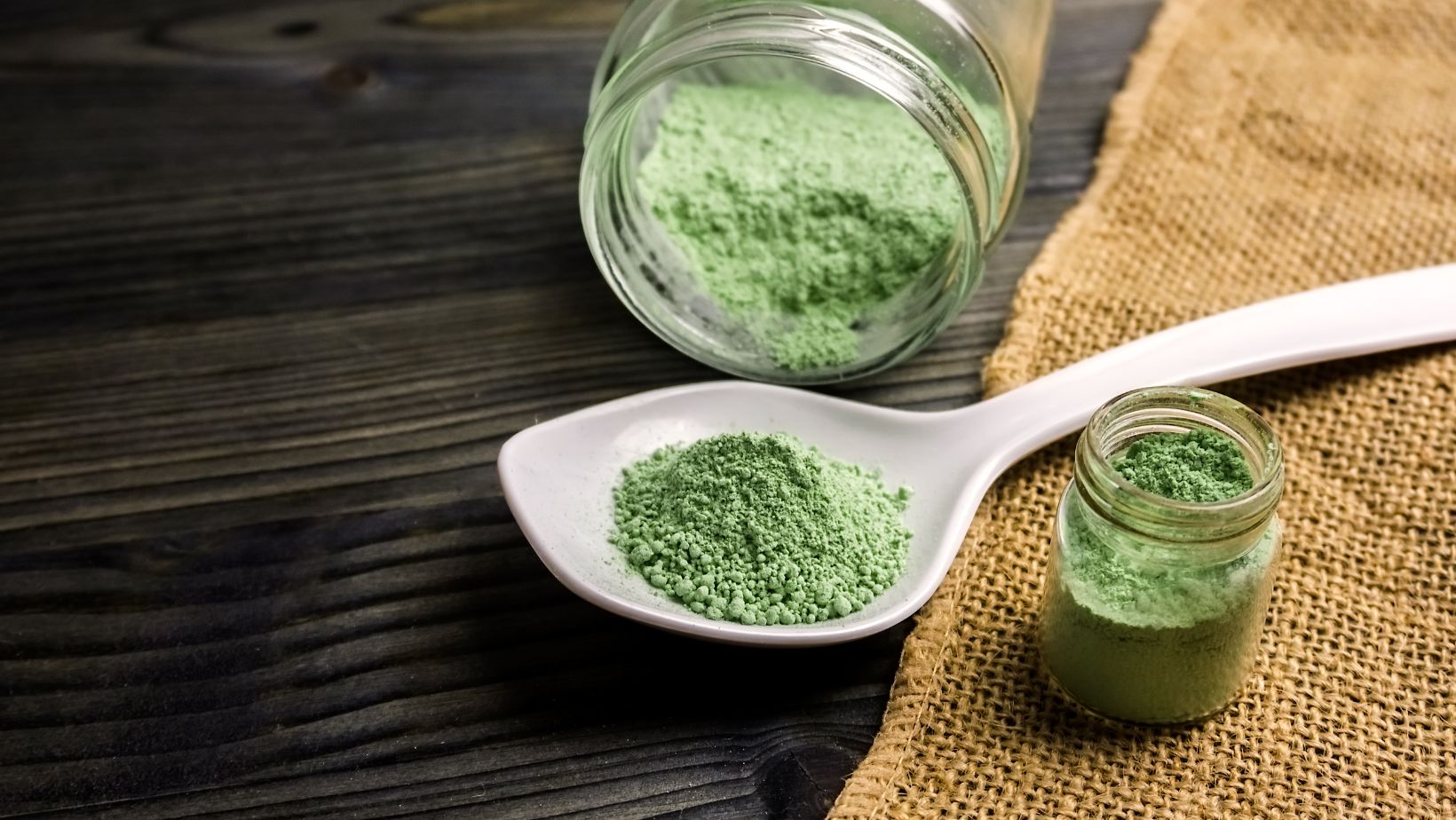Kratom 101: A Deep Dive into Mitragyna Speciosa

As Mitragyna speciosa, more widely known as kratom, gains popularity worldwide, it brings with it a mix of intrigue and controversy. Originating from the lush forests of Southeast Asia, kratom has long been used for its potential therapeutic benefits and has recently found its way into the global spotlight. This blog post aims to shed light on kratom, exploring its historical significance, usage, effects, and the ongoing debates about its safety and legality.
The Origins of Kratom
Kratom’s story begins in the traditional cultures of Southeast Asia, where it has been used for centuries. In regions such as Thailand, Malaysia, and Indonesia, laborers traditionally chewed kratom leaves to combat fatigue and increase productivity during long days. The plant also played a role in traditional medicine, used to treat various ailments, demonstrating its integral role in these communities’ cultural and medicinal practices.
Beyond its practical applications, kratom also held ceremonial significance. It was used in rituals and as a social lubricant, similar to tea or coffee in other cultures. This historical context underscores kratom’s deep-rooted cultural importance, which has contributed to its current standing as a substance of interest and controversy on the global stage.
Botanical Profile
The kratom tree, capable of reaching heights of up to 25 meters, boasts large, glossy leaves that are the source of its psychoactive effects. These effects vary significantly across different strains, distinguished by the color of the veins in the leaves—red, white, and green. Each strain offers a unique profile, with red strains generally providing sedative effects, white strains offering stimulation, and green strains presenting a balance between the two.
This diversity in effects makes kratom a remarkably versatile plant, capable of serving various needs and preferences. The differences among the strains result from varying concentrations of kratom’s active alkaloids, mitragynine, and 7-hydroxy mitragynine. These compounds are vital in understanding the plant’s impact on the human body, influencing everything from mood to pain perception.
Active Alkaloids and Their Impact
Kratom’s effects are primarily attributed to its two main alkaloids, mitragynine and 7-hydroxy mitragynine. These substances interact with opioid receptors in the brain, but their impact can vary dramatically based on the dosage.

At lower doses, kratom can provide stimulating effects, while higher doses are known for their soothing properties. This dual nature contributes to the ongoing debate regarding kratom’s safety and appropriate uses.
Understanding the pharmacological mechanisms of these alkaloids is crucial for both users and researchers. While mitragynine is thought to be primarily responsible for the stimulant effects due to its interaction with adrenergic receptors, 7-hydroxy mitragynine plays a more significant role in the analgesic and sedative effects through its affinity for opioid receptors. This complex interaction underscores the need for thorough research to elucidate the potential risks and benefits of kratom use.
Traditional and Contemporary Use
Historically, kratom leaves were either chewed raw or brewed into tea to harness their medicinal and stimulant properties. This traditional use has evolved alongside kratom’s global spread, leading to innovative methods of consumption. Today, kratom is not only available in capsules and extracts but also as a kratom powder drink mix, an inventive solution catering to a broader audience and simplifying consumption.
This shift from an ancient herbal remedy to a contemporary botanical supplement underscores kratom’s increasing allure. Individuals are attracted to its capabilities for alleviating pain, boosting mood, and supporting opioid withdrawal efforts, among various benefits. Yet, as kratom ventures into the worldwide market, it faces challenges, especially in terms of product consistency and quality, which exhibit considerable variation.
Health Benefits and Therapeutic Potential
Many users turn to kratom for its reported health benefits, which include pain relief, mood enhancement, and assistance in opioid withdrawal. These benefits are supported by anecdotal evidence and preliminary scientific research, though conclusive data is still needed. The anecdotal reports highlight kratom’s potential as a natural remedy, encouraging further scientific exploration.
The therapeutic potential of kratom is a topic of great interest, with early studies suggesting it could offer an alternative to traditional painkillers and antidepressants. However, the scientific community urges caution, pointing out the need for comprehensive studies to fully understand kratom’s efficacy and safety profile.

Despite the research gaps, kratom continues to be a source of hope for individuals seeking alternative treatments.
The Legal and Regulatory Landscape
Kratom’s legal status is a complex patchwork that varies significantly around the world. In some countries, it’s embraced as a traditional herbal remedy; in others, it faces strict regulations or outright bans. In the United States, the legal status of kratom is determined state by state, leading to a confusing landscape for consumers and retailers alike. This legal variability reflects broader debates about kratom’s safety, benefits, and potential for abuse.
Advocacy efforts have played a crucial role in shaping kratom’s legal landscape. Organizations and individuals have mobilized to promote research, educate the public, and lobby for policies that allow for safe, regulated use of kratom. These efforts aim to balance the need for consumer protection with the desire for access to kratom for those who benefit from its use.
Conclusion
Kratom stands at the crossroads of tradition and modernity, herbal medicine, and scientific scrutiny. Its complex legal and safety profile and varied uses and effects make it a subject of ongoing debate and interest. For potential users, the decision to use kratom should be informed by a thorough understanding of its benefits and risks, including legal considerations and personal health needs.
As we move forward, the need for comprehensive, scientific research into kratom’s effects, both positive and negative, has never been more apparent. Such research will be crucial in informing public policy, guiding safe use practices, and potentially unlocking new therapeutic applications for this ancient botanical.
-
Personal Finance5 months ago
How Do I Find My UCAS ID Number?
-
Success5 years ago
Consistency: The Key Ingredient to Success
-
Uncategorized5 months ago
What Does Conditionally Approved Mean For An Apartment?
-
Motivation2 years ago
How To Become a More Organized Person?
-
Others4 years ago
Work Health and Safety: 8 Reasons to Maintain a Clutter-free Office
-
Entrepreneurs3 years ago
Why Diversity is Key in Business Marketing
-
HK Pools5 months ago
The HK Pools Forum Comunity Jos Markotop 2D Warna Kuning – A Great Way to Stay Connected
-
Sport1 year ago
What Makes Soccer Betting So Great?



























